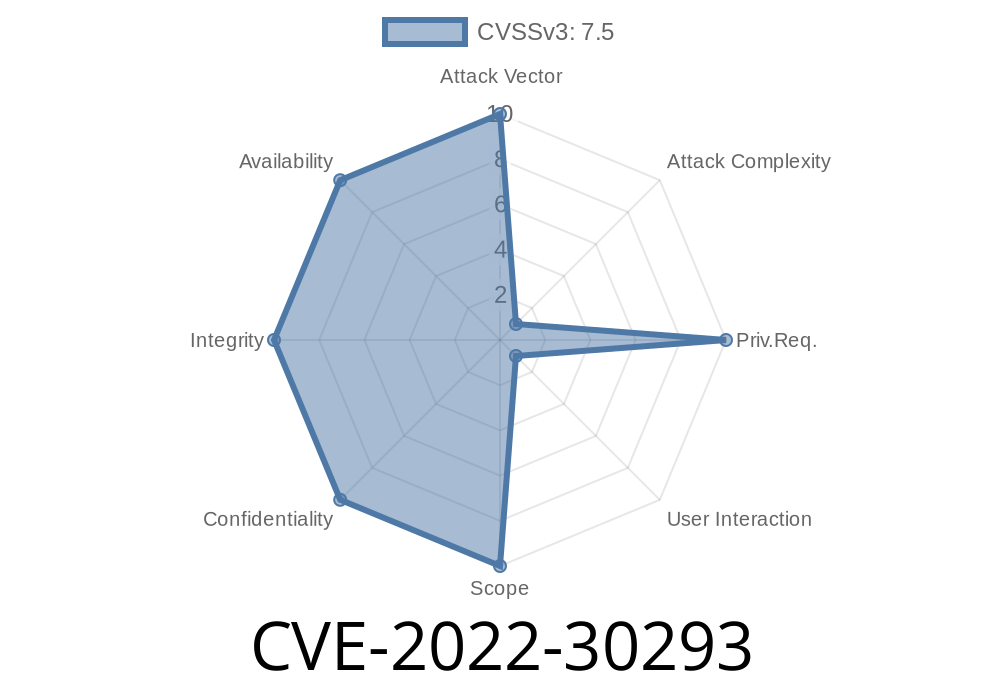In this post, we will take an in-depth look at the CVE-2022-30293 vulnerability, which affects WebKitGTK through version 2.36. and WPE WebKit. This vulnerability is described as a heap-based buffer overflow that occurs within the setContentsLayer function in WebCore::TextureMapperLayer of WebCore/platform/graphics/texmap/TextureMapperLayer.cpp.
The CVE-2022-30293 vulnerability
This vulnerability arises due to improper handling of memory allocations when setting the contents layer within WebCore::TextureMapperLayer. As a result, an attacker can potentially exploit this to execute arbitrary code on the affected system. Let's delve into the specifics of this vulnerability by examining the code snippet, links to original references, and potential exploit details.
Code snippet
Here is a code snippet from WebCore::TextureMapperLayer::setContentsLayer of WebCore/platform/graphics/texmap/TextureMapperLayer.cpp, where the vulnerability occurs:
void TextureMapperLayer::setContentsLayer(RefPtr<PlatformLayer> contentsLayer)
{
if (m_contentsLayer == contentsLayer)
return;
if (m_contentsLayer)
m_contentsLayer->removeFromParent();
m_contentsLayer = WTFMove(contentsLayer);
if (m_contentsLayer)
m_contentsLayer->setParent(this);
}
Original references
For more information on WebKitGTK and WPE WebKit affected by this vulnerability, please refer to the following sources:
1. WebKitGTK: https://webkitgtk.org/
2. WPE WebKit: https://wpewebkit.org/
Exploit details
To exploit this vulnerability, an attacker would need to craft a malicious web page or application that triggers the vulnerable setContentsLayer function with specially-crafted input, effectively causing a heap-based buffer overflow. By carefully controlling the contents of memory, the attacker could potentially execute arbitrary code on the victim's system.
For a successful exploit, the attacker would need to overcome various mitigations put in place by modern operating systems and browsers, such as Address Space Layout Randomization (ASLR) and Data Execution Prevention (DEP). However, with the right combination of additional vulnerabilities and techniques, a skilled attacker might still be able to leverage this vulnerability as part of a larger attack chain.
Conclusion
The CVE-2022-30293 vulnerability is a serious security issue that affects the WebKitGTK and WPE WebKit platforms, potentially allowing arbitrary code execution through a heap-based buffer overflow. Users and developers of these platforms should stay informed about this vulnerability and apply any available patches or workarounds to minimize the risk of exploitation.
Always ensure that you keep your software up-to-date and follow best security practices to protect yourself from similar vulnerabilities in the future.
Timeline
Published on: 05/06/2022 05:15:00 UTC
Last modified on: 06/02/2022 14:15:00 UTC
